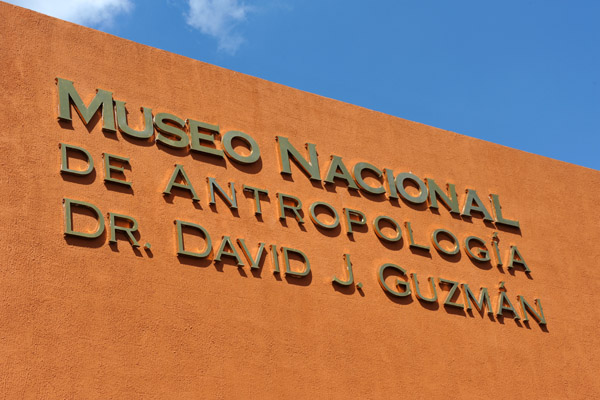
Museo Nacional de Antropologia Dr. David J. Guzmán |

San Salvador's prime museum - the National Anthropological Museum |
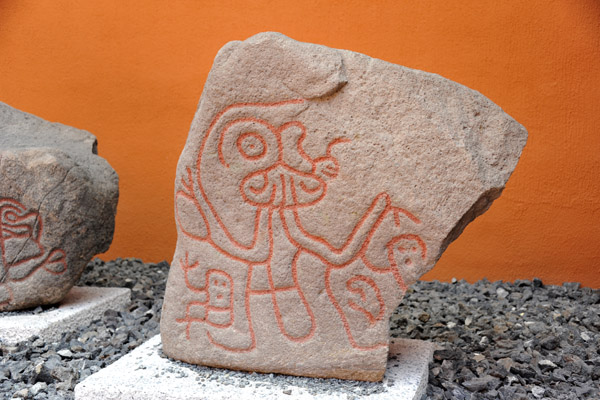
Petroglyphs - pre-hispanic El Salvador |

Petroglyphs - pre-hispanic El Salvador |
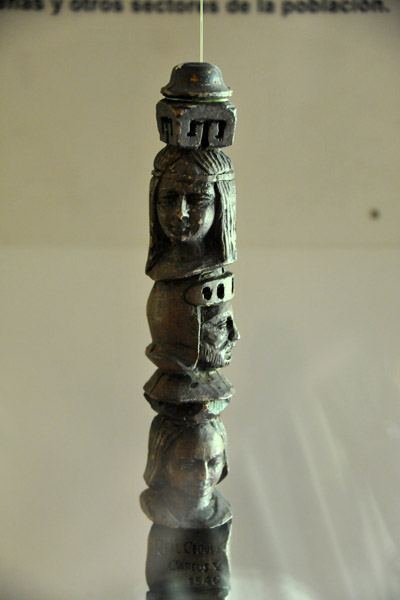
National Anthropology Museum, El Salvador |
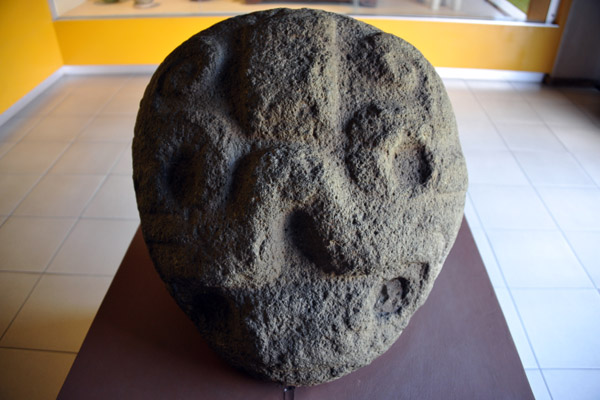
Jaguar effegy |
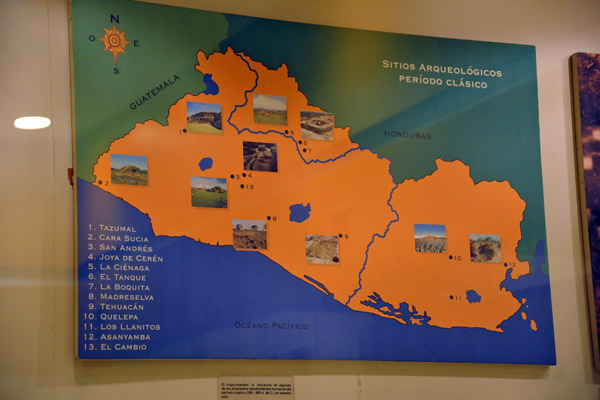
Classical period archeological sites in El Salvador |

Replica of 16th C. indigenous armor |
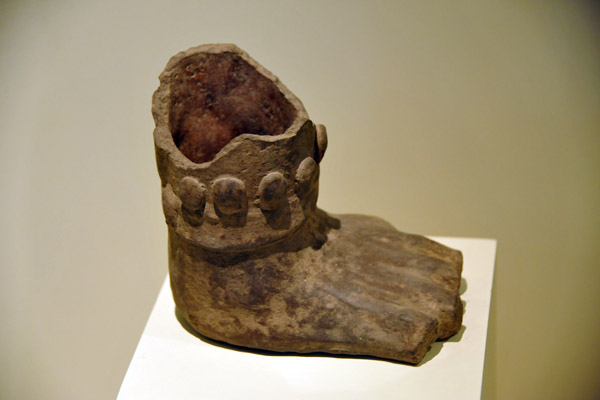
Fragment of post classical sculpture |
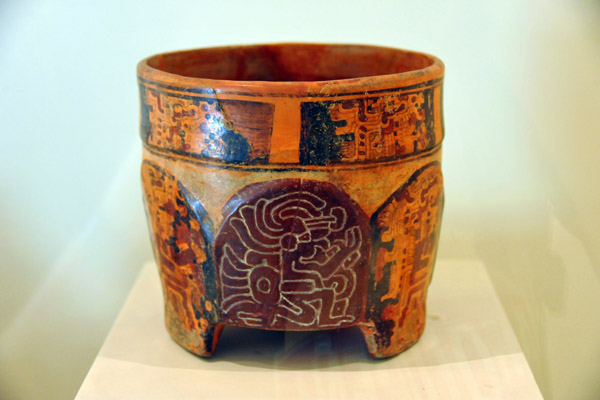
Polychromatic vase - classical period |

Seated female figurine - classical period |
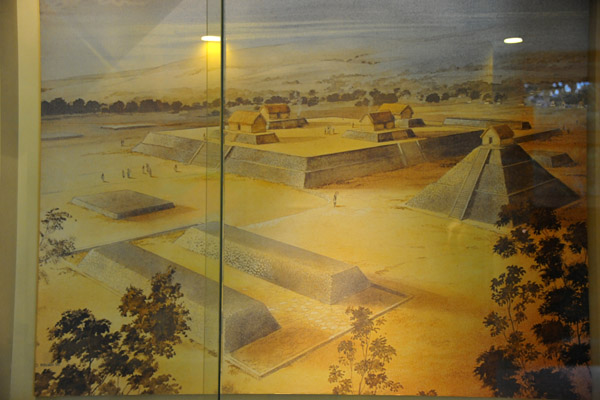
Artists impression of Cara Sucia (600-900 AD) |
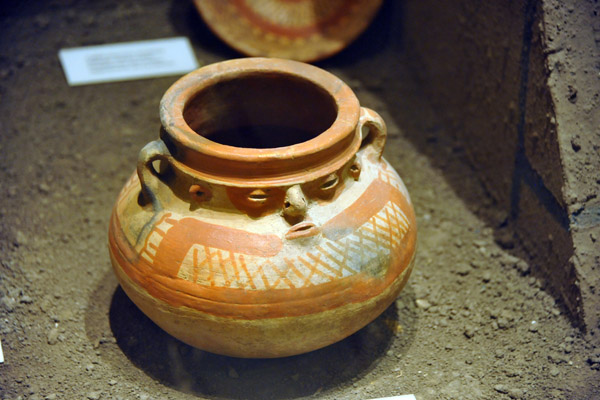
Bichromatic vase from the late classical period |
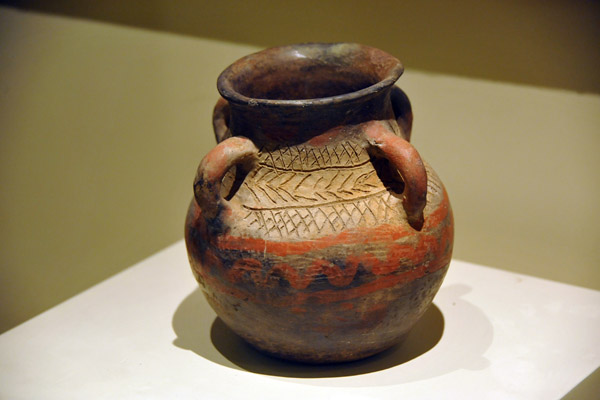
Pitcher with 4 handles from Joya de Cerén - classical period |
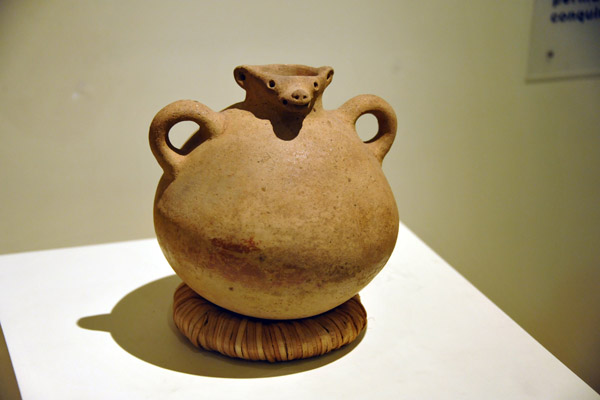
Pitcher with zoomorphic decoration - Quelepa - classical period |
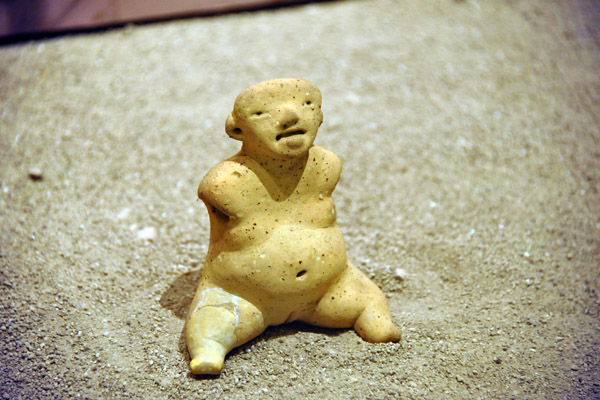
Feminine figurines - preclassical period |

ElSalvadorJan12 093.jpg |

Hollow sculpture of the Guazapa Phase in the shape of a jaguar, 900-1200 AD |
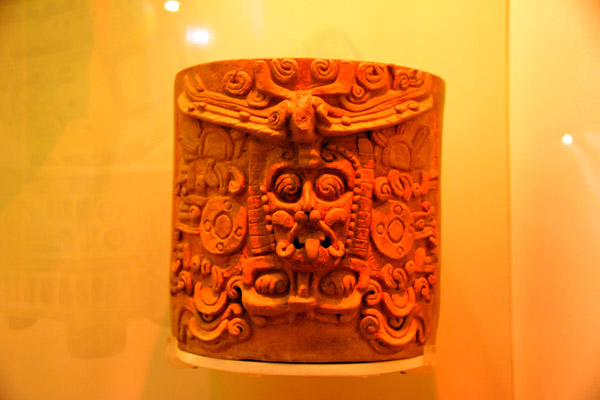
Classical period vase depicting the Maya sun god, 250-900 AD |
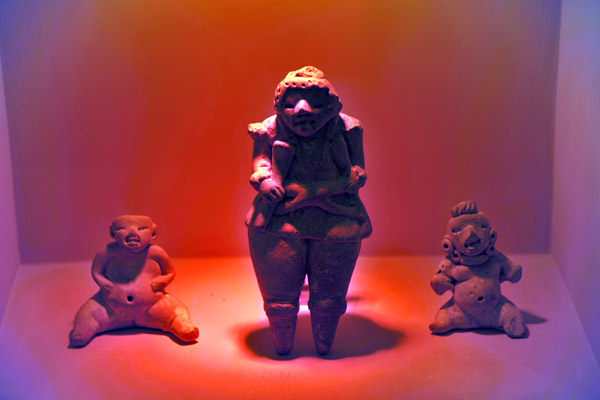
Female figurines of the Bolina type - associated with the fertility of the earth, pre-classical period (1200 BC-250 AD) |
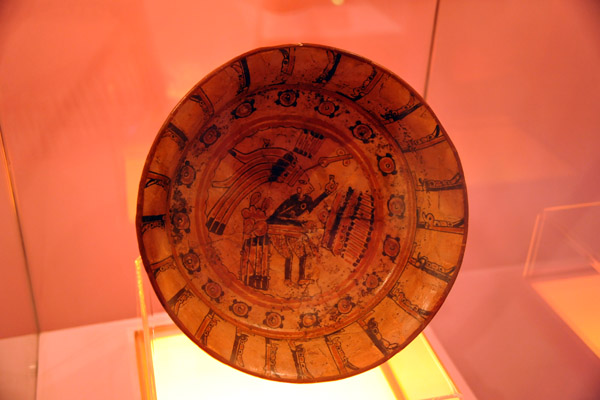
Plate of the Campana San Andrés type decorated with anthropomorphic figure dressed in ceremonial manner, 250-900 AD |

Postclassic Rituals - blood sacrifice |

Figurine representing a sacrificial victim - postclassic period (900-1200) |

Heads representing the Pipil god Xipe Totec, associated with skin and eye diseases, 900-1200 |
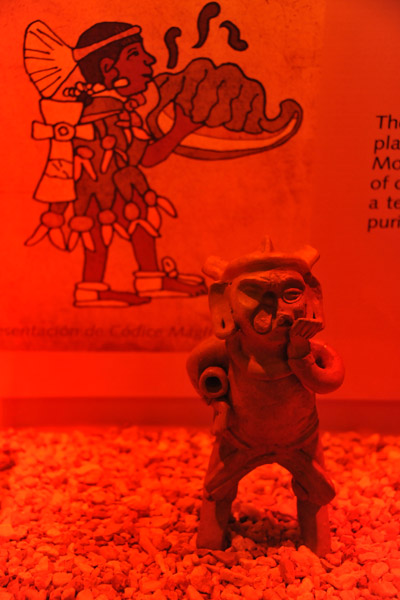
Person with harelip, Cara Sucia, Classic Period, 250-900 AD |
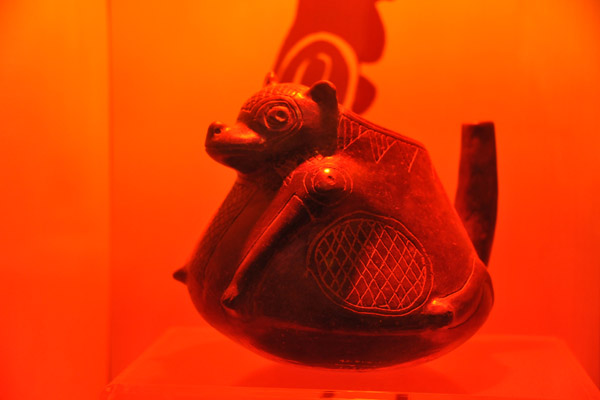
Zoomorphic vessel of the Pinos type, San Rafael Obrajuelo, Preclassic Period (1200 BC-250 AD) |

Stone disk from Cara Sucia, 250-900 AD |

Stone disk found at Cara Sucia with the shape of a jaguar head, associated with the sun, from the Cotzumalhuapa culture |
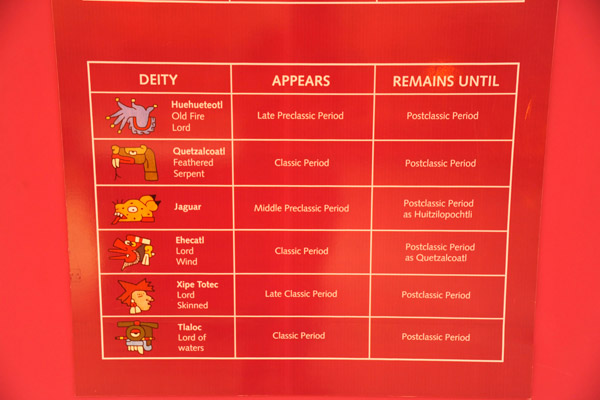
Mesoamerican deities |

Huehueteotl, preclassical Mesoamerican creation and fire deity |
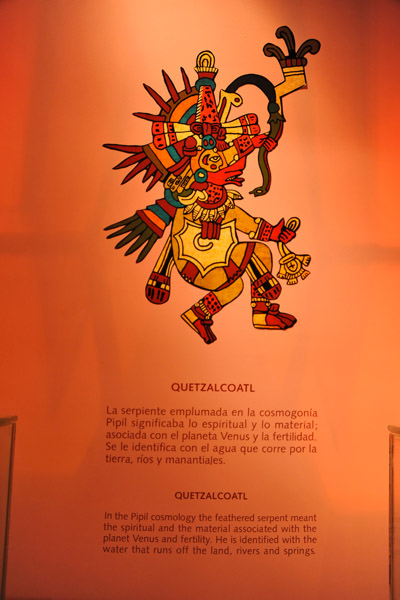
Quetzalcoatl - feathered serpent |
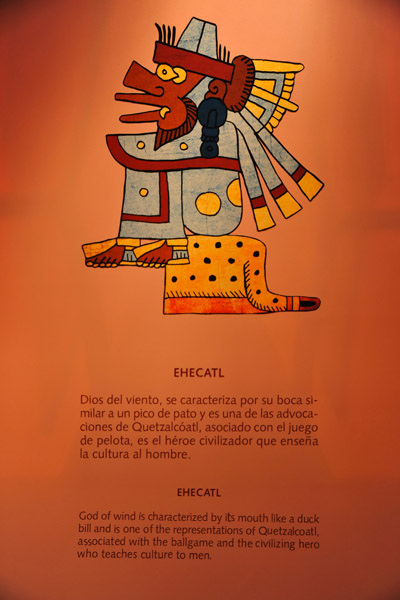
Ehecatl - god of wind |
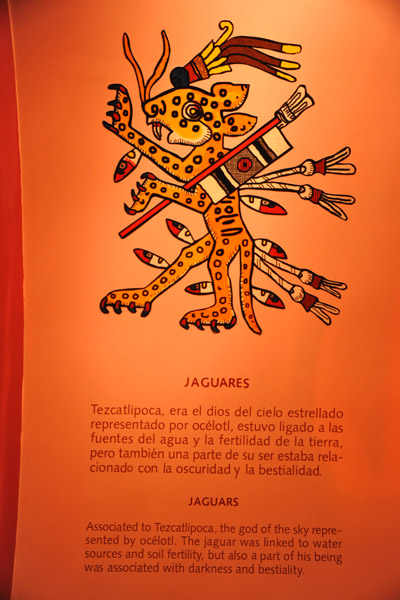
Jaguars - associated with Tezcatlipoca, god of the sky |

Tlaloc - god of water, springs and rivers |
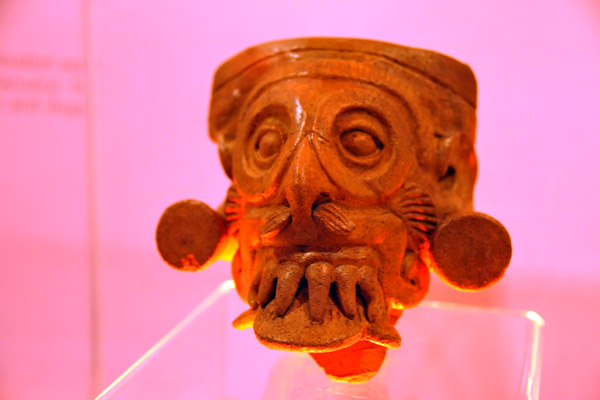
The Pipil deity Tlaloc - god of water, rain and thunder, postclassic period (900-1200 AD) |
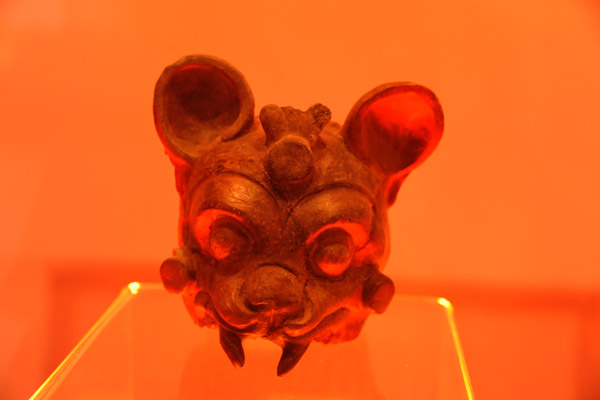
Jaguar head, postclassic period, 900-1200 AD |
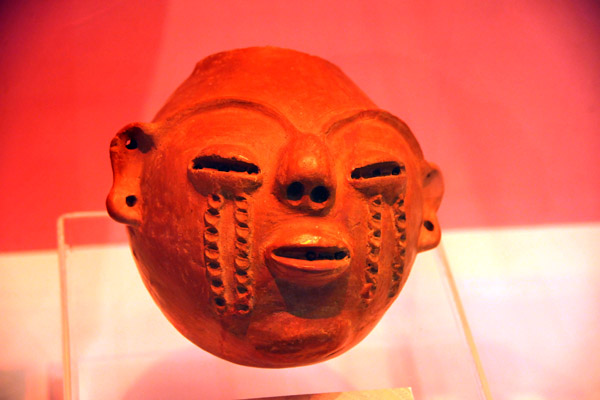
Head representing the Pipil god Xipe Totec, associated with skin and eye diseases, postclassic period |
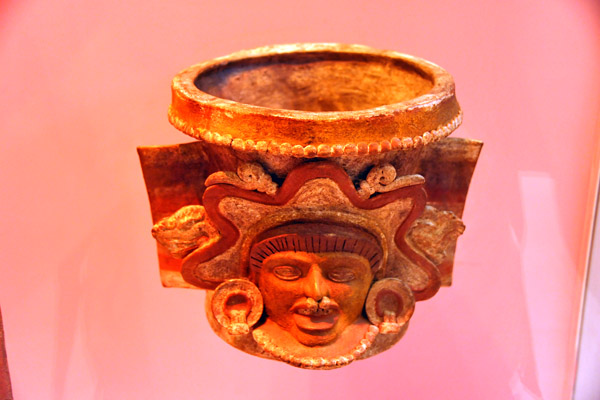
Incense burner from Teotihuacan (Mexico) found at Tazumal, Classic period |
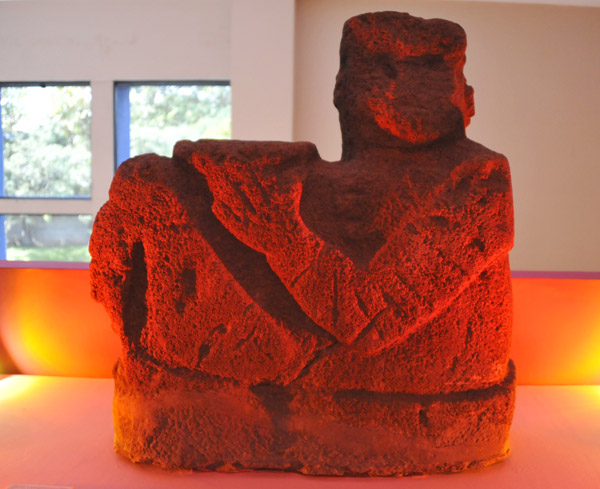
Chac Mool, postclassic Toltec and Maya deity, found at Casa Blanca |
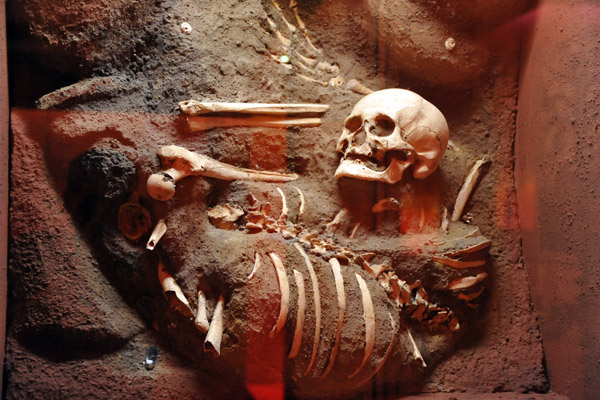
Female burial with offerings that include small shells and fragments of obsidian, El Zonte, late Classical Period (600-900 AD) |
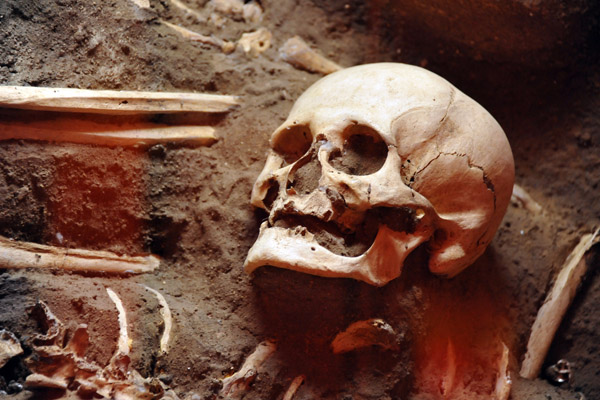
Female burial with offerings that include small shells and fragments of obsidian, El Zonte, late Classical Period (600-900 AD) |
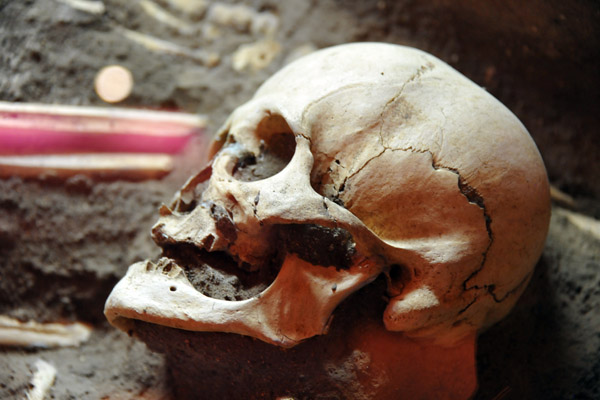
Female burial with offerings that include small shells and fragments of obsidian, El Zonte, late Classical Period (600-900 AD) |
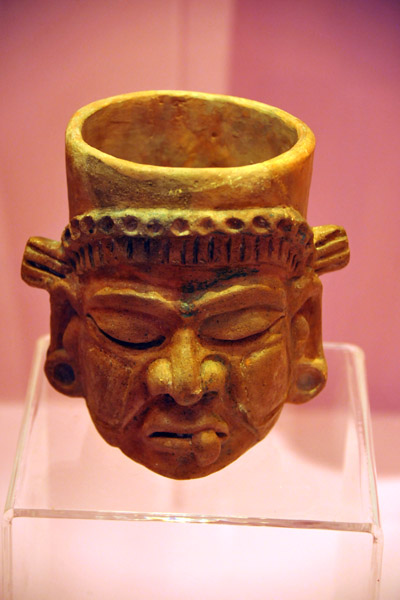
Anthropomorphic vase with representation of a captive |

Head from Los Guapotes archaeological site, Postclassic period 900-1200 AD |
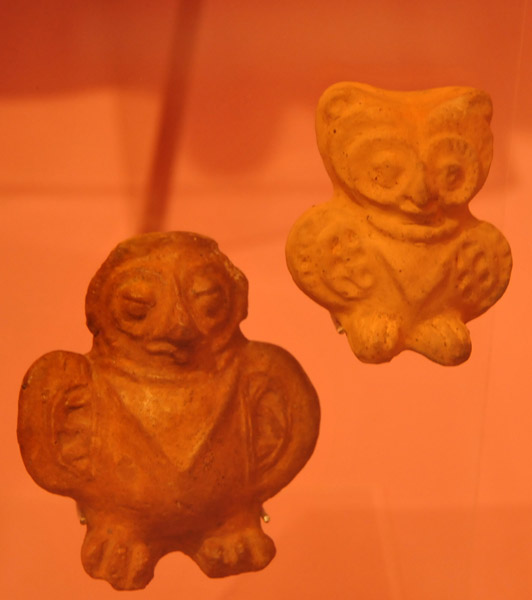
Zoomorphic shape whistles with representations of owls, Classic Period 250-900 AD |

Whistle figurines with female shape belonging to the Tamasha Cultural Phase from Cara Suica, classic period |

Whistle figurines with female shape belonging to the Tamasha Cultural Phase from Cara Suica, classic period |
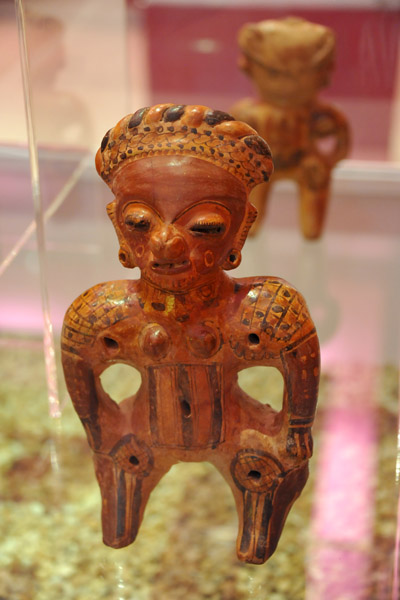
Female figurine with rattles, from Eastern El Salvador, Classic Period |
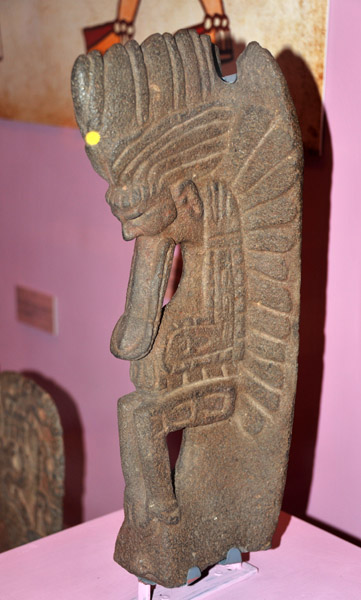
Ceremonial axe, classic period (250-900 AD) |
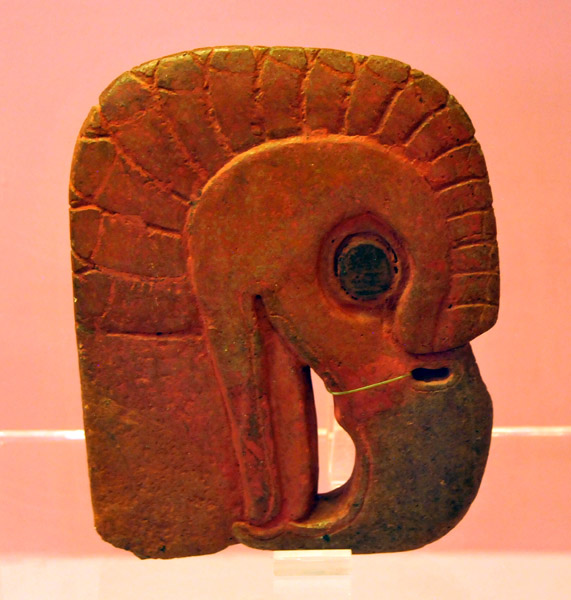
Ceremonial axe, classic period (250-900 AD) |
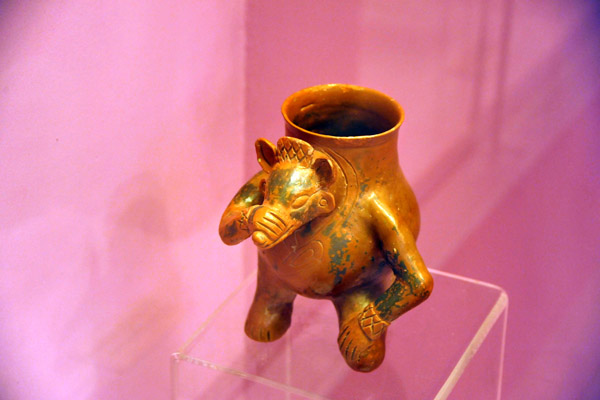
Plumbate ceramic, Pipil culture, postclassic period (900-1200) |
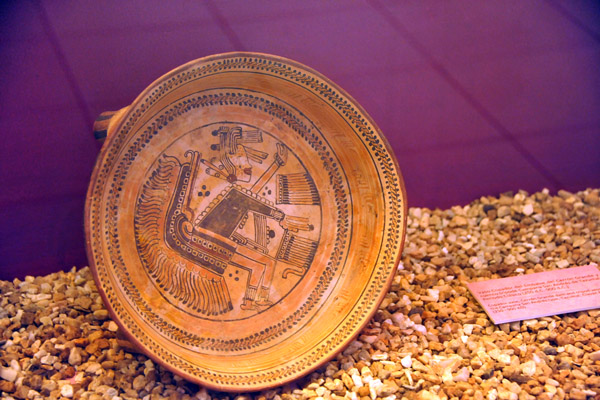
Copador vase, Tazumal, Classic Period |
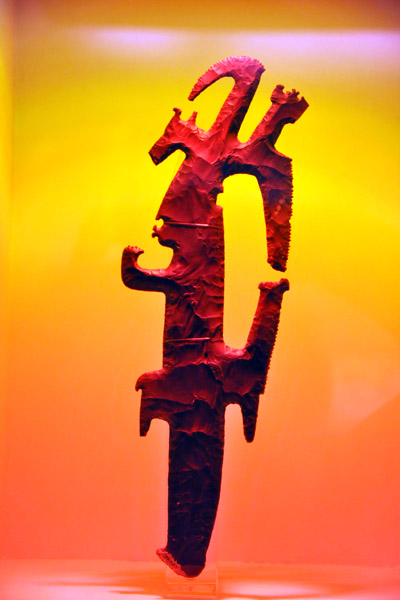
Eccentric Flint - associated with Maya rulers |
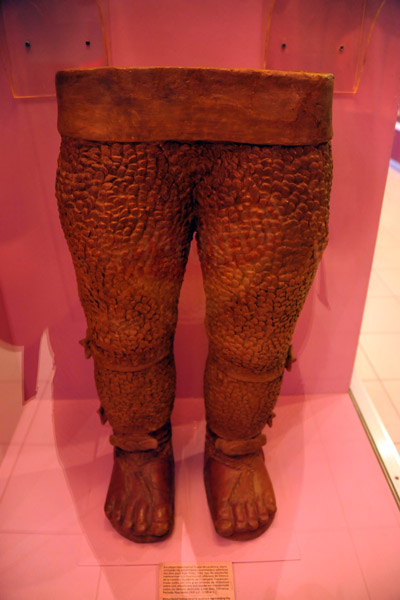
Part of a hollow ceramic sculpture of the Pipil god Xipe Totec, Carranza, Postclassic period |

Large mural depicting the history of El Salvador |
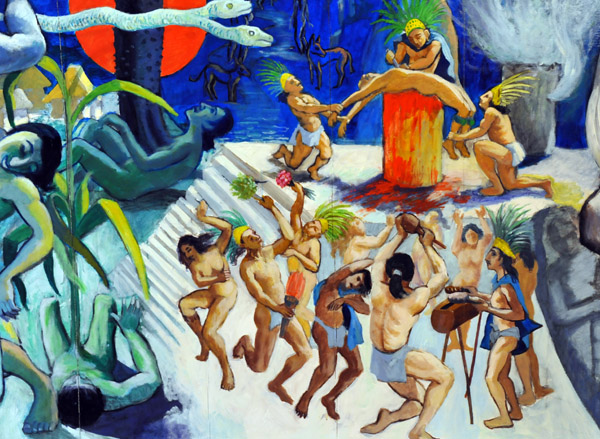
Mural - History of El Salvador - Pre-hispanic Period |
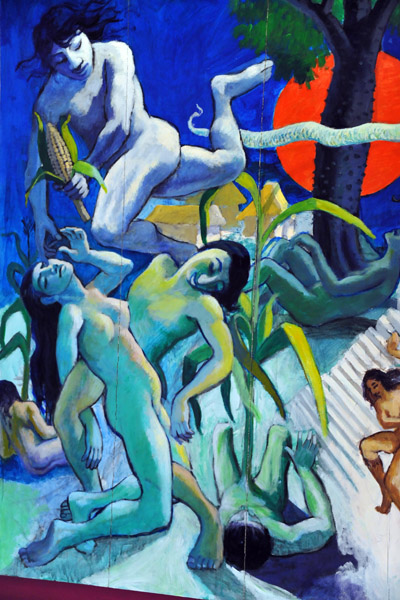
Mural - History of El Salvador - fertility |
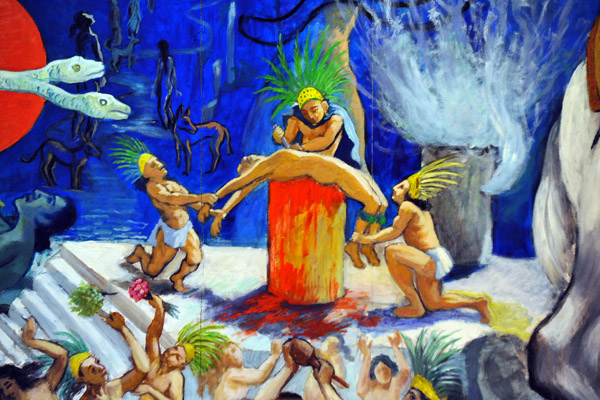
Mural - History of El Salvador - human sacrifice |
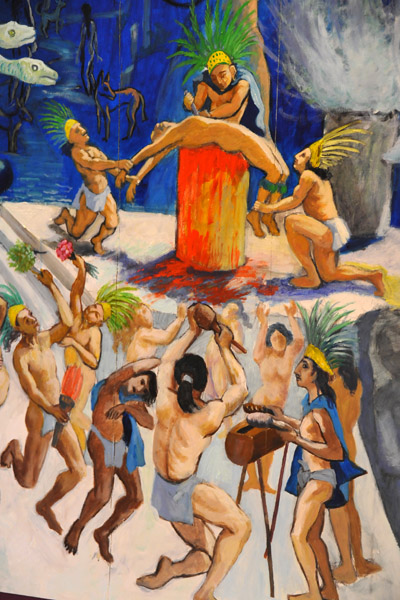
Mural - History of El Salvador - human sacrifice |

Mural - History of El Salvador |
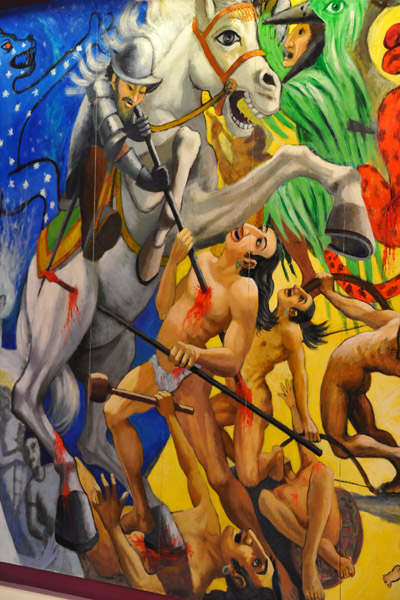
Mural - History of El Salvador - Spanish conquest |
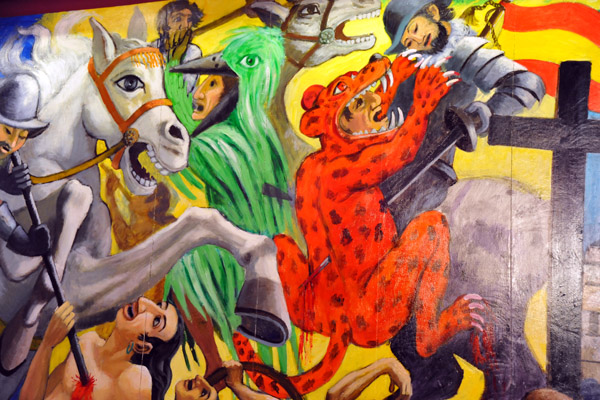
Mural - History of El Salvador - Spanish conquest |
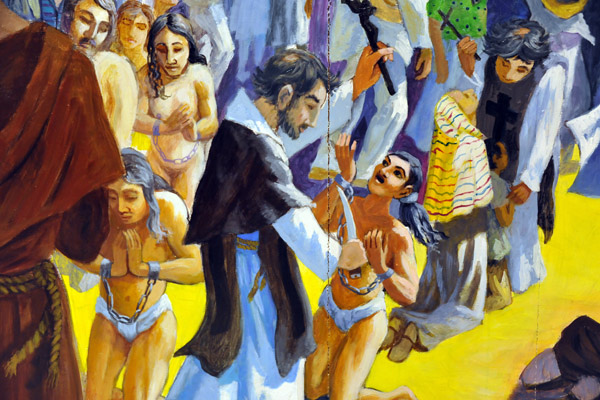
Mural - History of El Salvador - Introduction of Christianity |
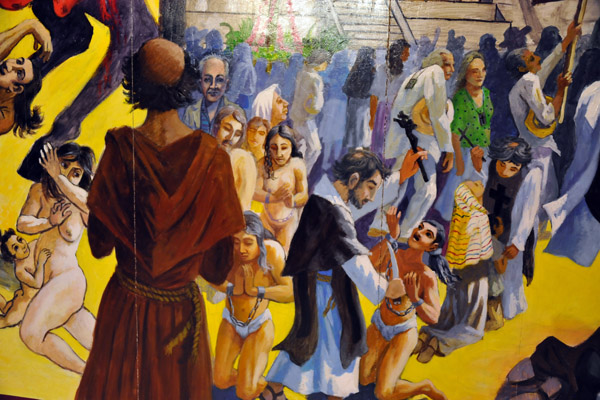
Mural - History of El Salvador - Introduction of Christianity |

Mural - History of El Salvador - Civil War |
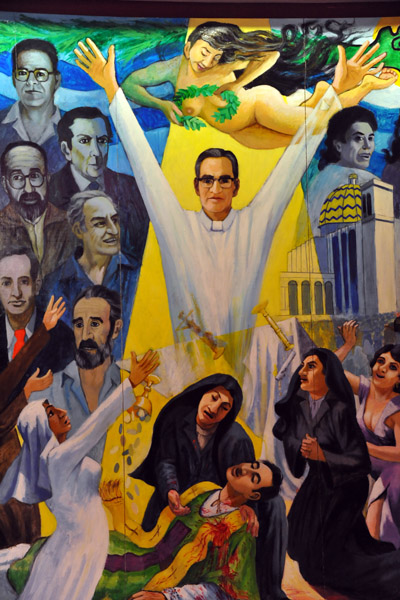
Mural - History of El Salvador - Msgr Romero |

Early Christian sites in El Salvador |
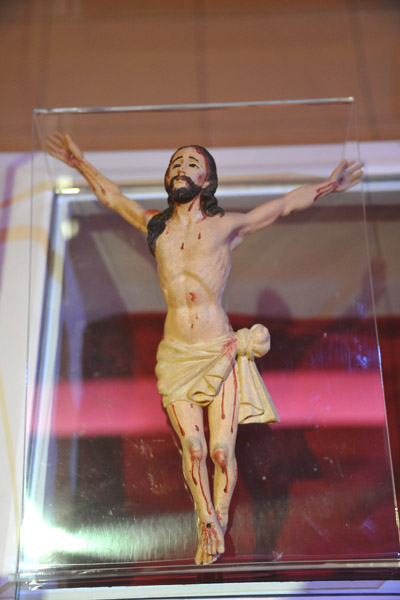
Spanish Colonia Period |
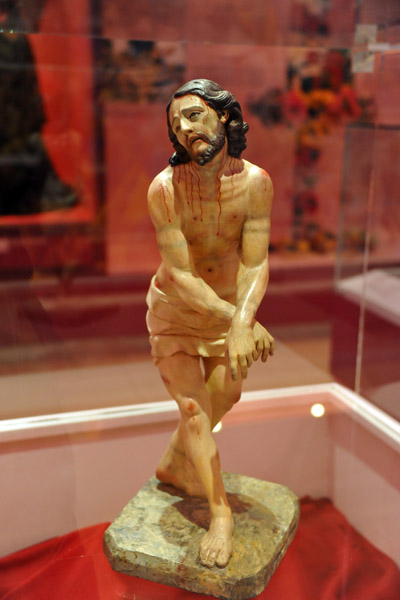
Captive Jesus carved in polychrome wood |
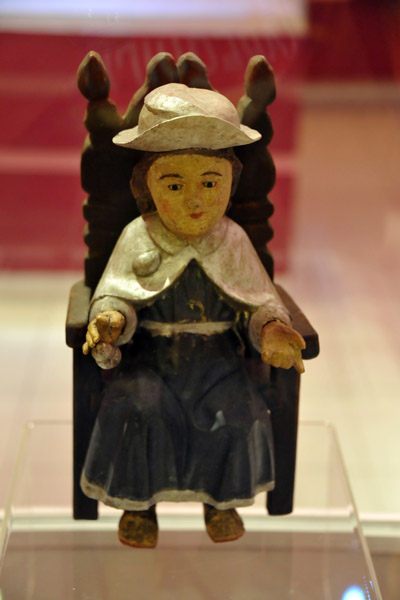
Atocha boy carved in polychrome wood |
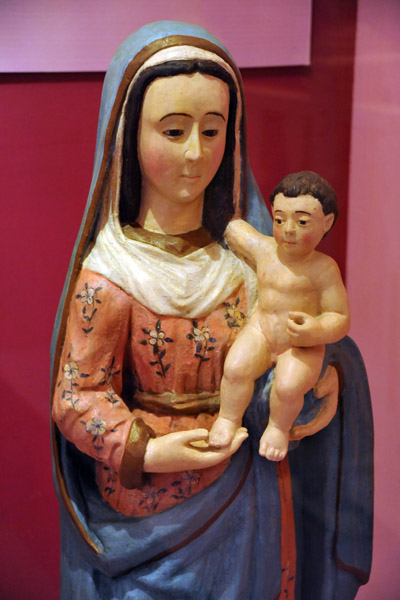
Virgin Mary and Child - Huizúcar Church |

Crucifix - Spanish Colonial Period |
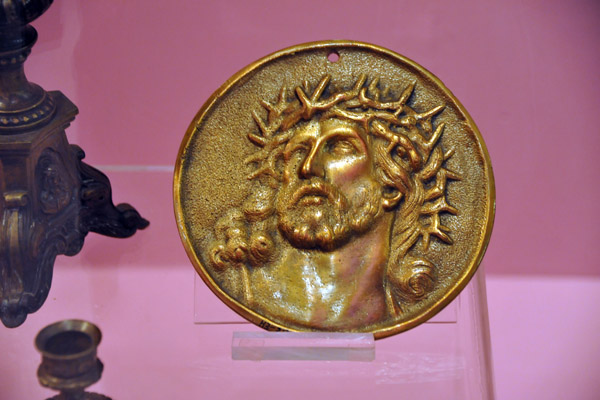
Spanish Colonial Period |
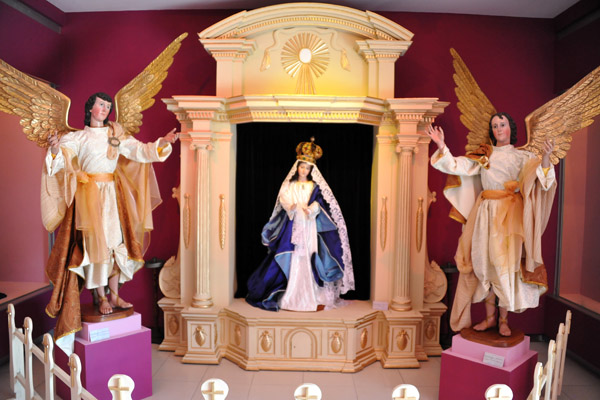
Christianity in El Salvador |

Monseñor Romero - Archbishop of San Salvador - assassinated in 1980 |

Msgr Romero - unofficial patron saint of El Salvador |

Special exhibition - underwater archaeology |
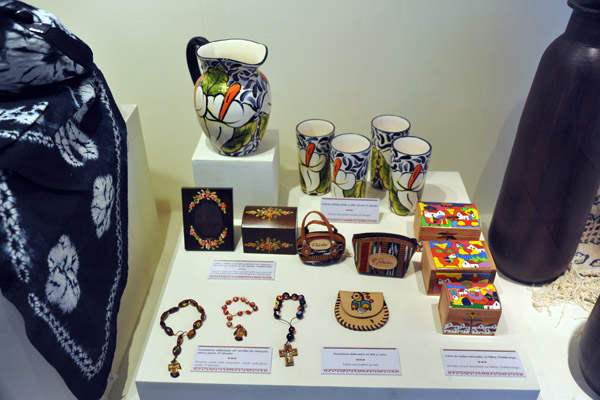
Exhibition - Handicraft Production, Industry and Exchange |
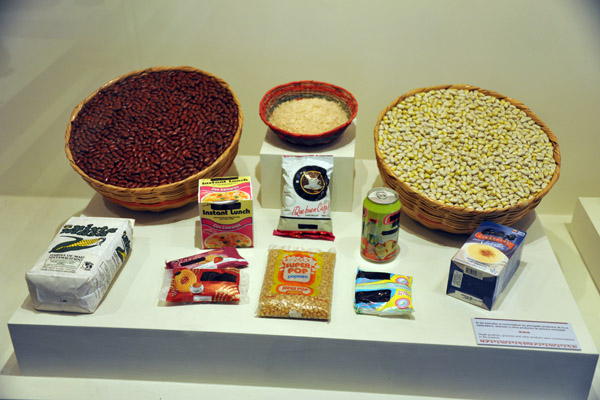
Modern-day staple products |
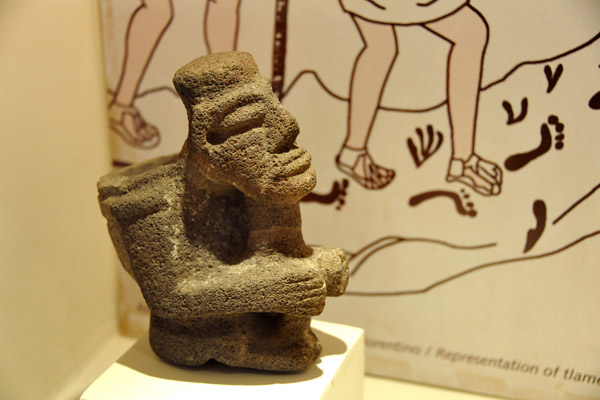
Tlamemes - porters in the pre-hispanic era |
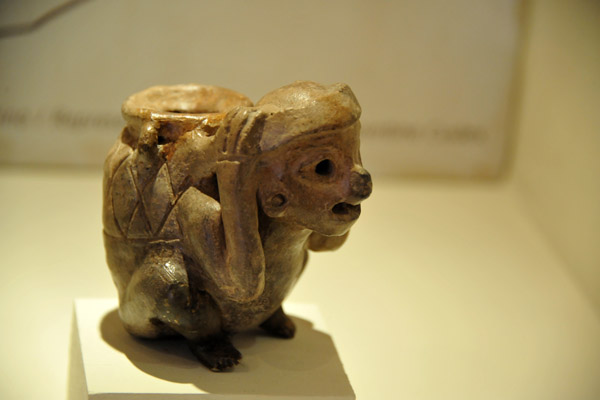
Tlamemes - porters in the pre-hispanic era |

El Tianguis - Mayan town market |

Jade jewelry |
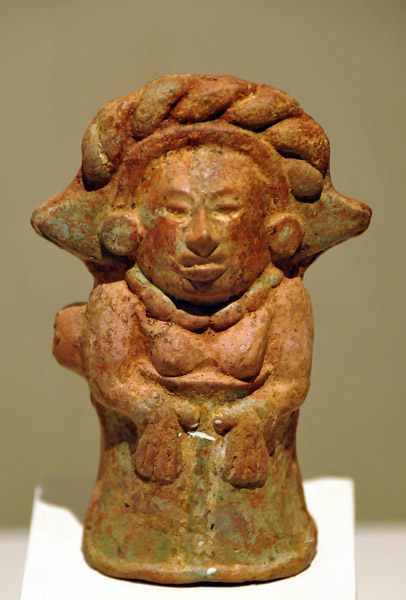
Tohil Plumbate ceramic |
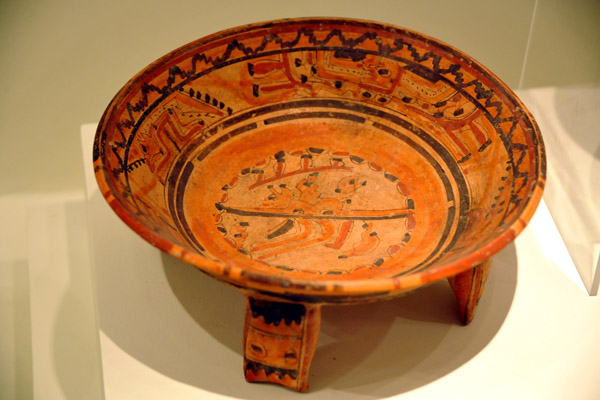
Trade ceramics, Classical period |
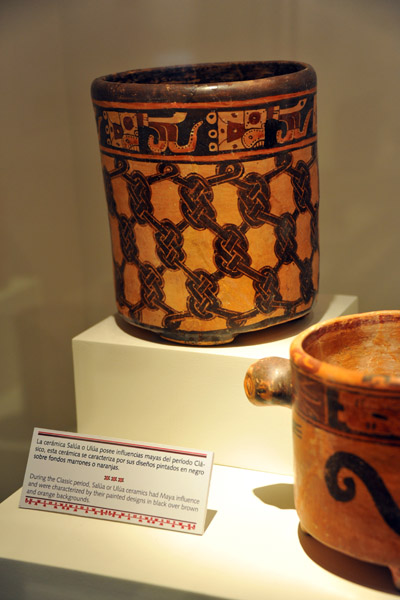
Maya influenced Salúa and Ulúa ceramics |
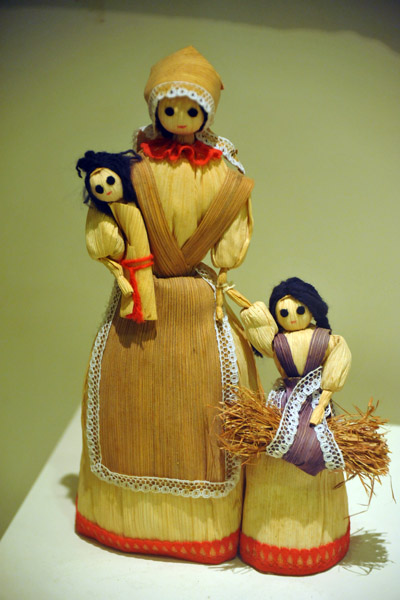
Corn-husk dolls |
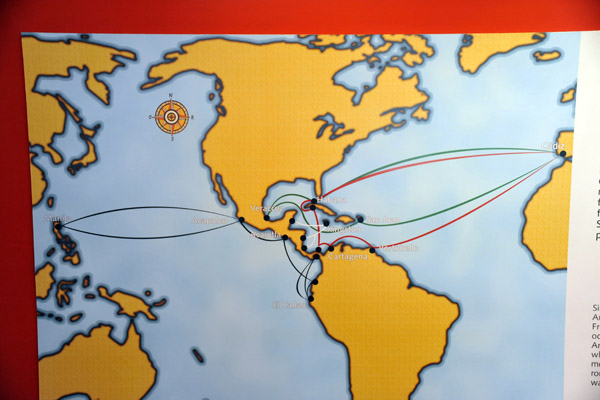
Spanish trade routes |
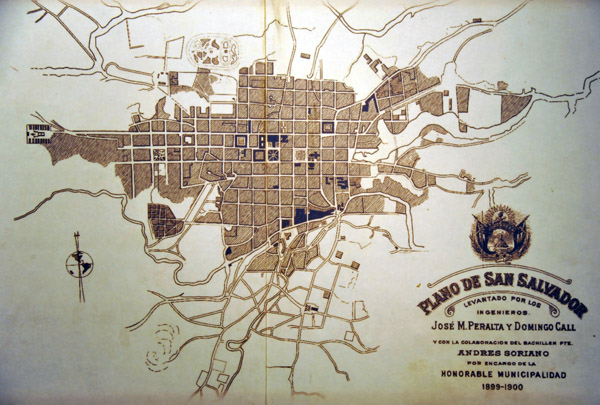
Map of San Salvador - 1899 |
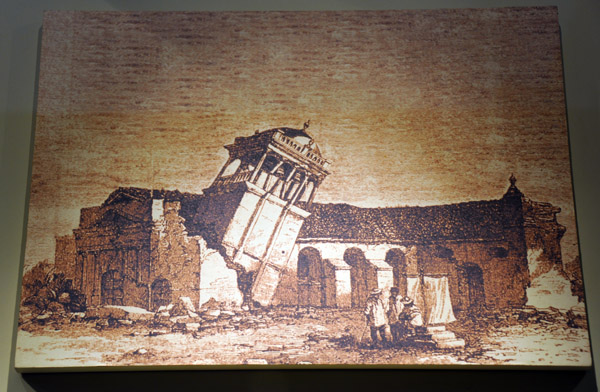
Earthquake damage - San Salvador |

Old fashioned iron |
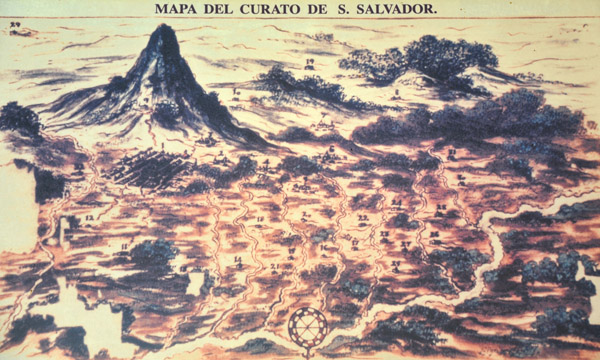
Sal Salvador |
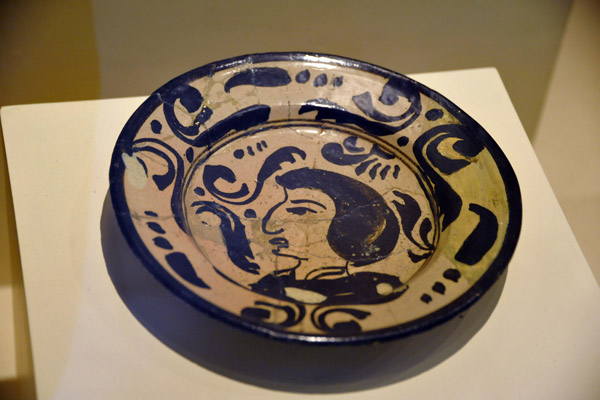
Plate - colonial period, 16th Century |
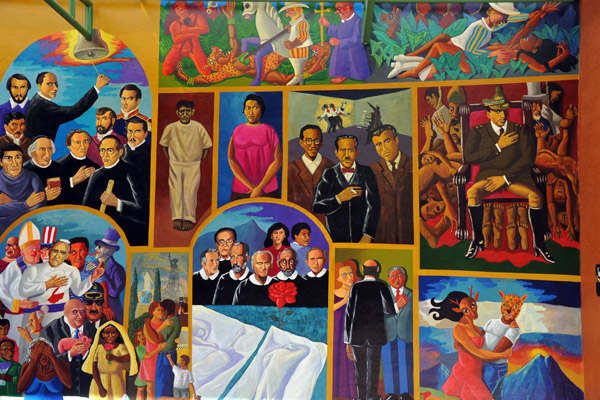
Mural - Museo Nacional de Antropologia |
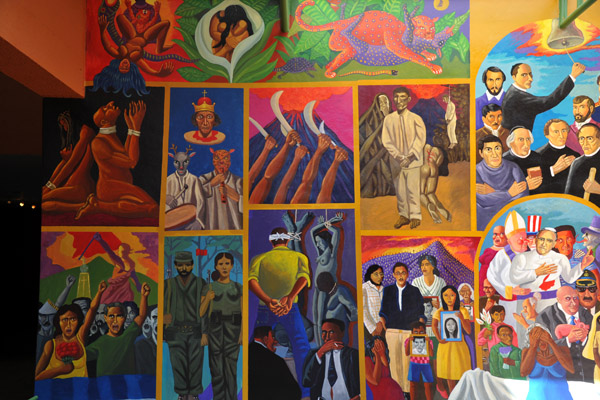
Mural - Museo Nacional de Antropologia |
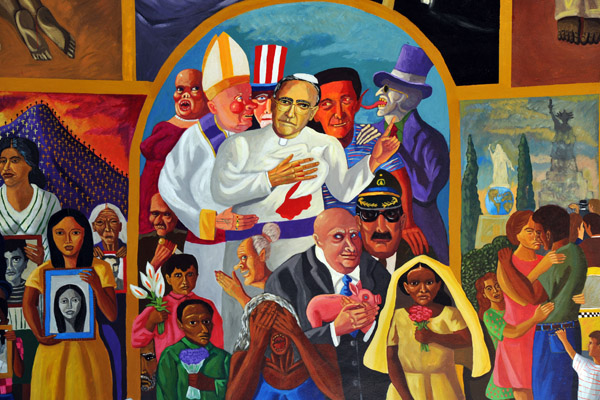
Mural - Museo Nacional de Antropologia |
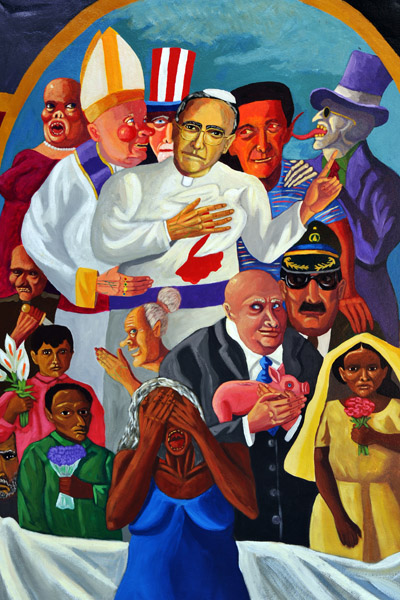
Mural - Museo Nacional de Antropologia |

Mural - Museo Nacional de Antropologia |
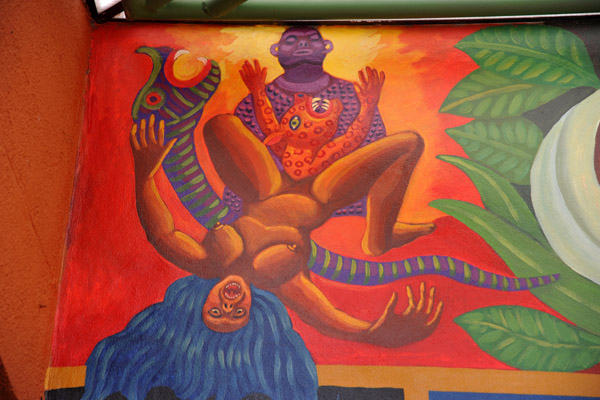
Mural - Museo Nacional de Antropologia |

Mural - Museo Nacional de Antropologia |

Mural - Museo Nacional de Antropologia |
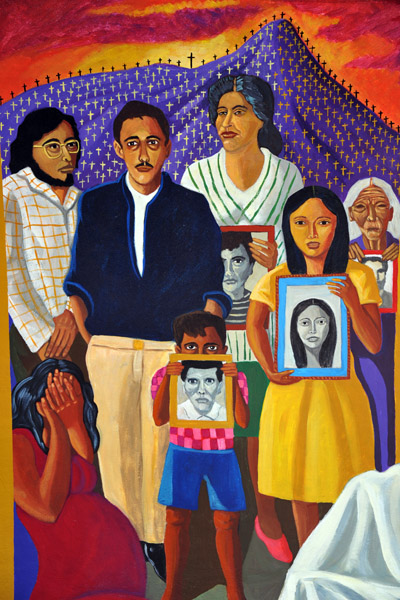
Mural - Museo Nacional de Antropologia |
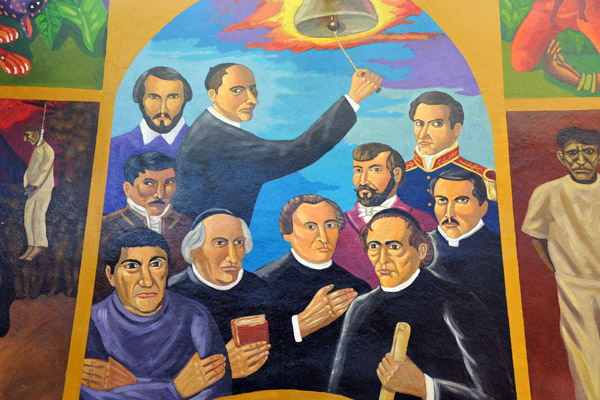
Mural - Museo Nacional de Antropologia |
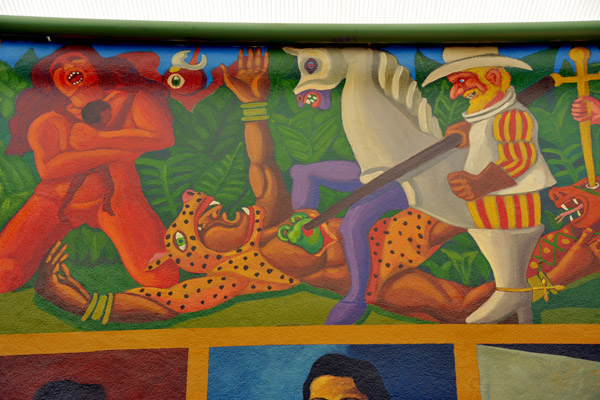
Mural - Museo Nacional de Antropologia |
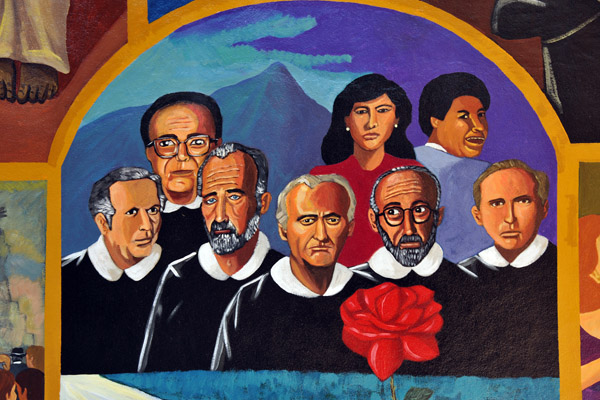
Mural - Museo Nacional de Antropologia |
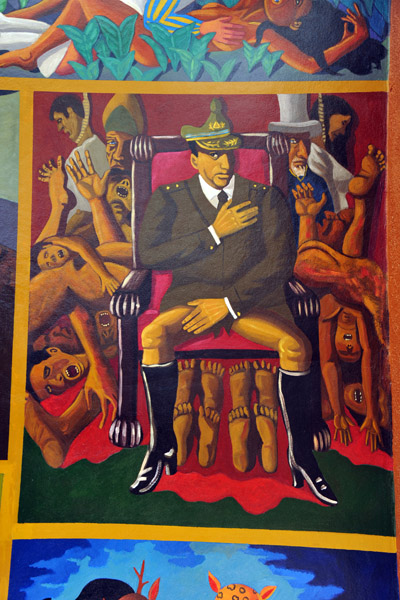
Mural - Museo Nacional de Antropologia |
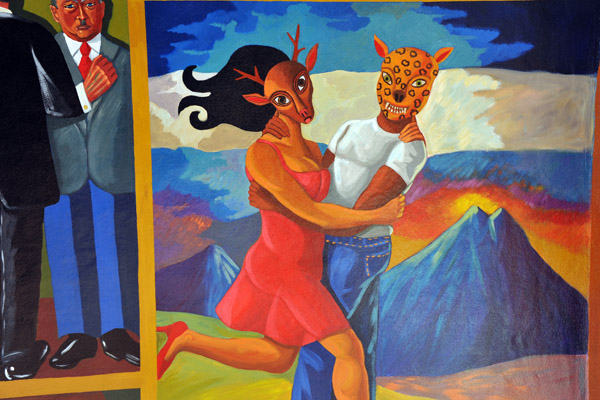
Mural - Museo Nacional de Antropologia |
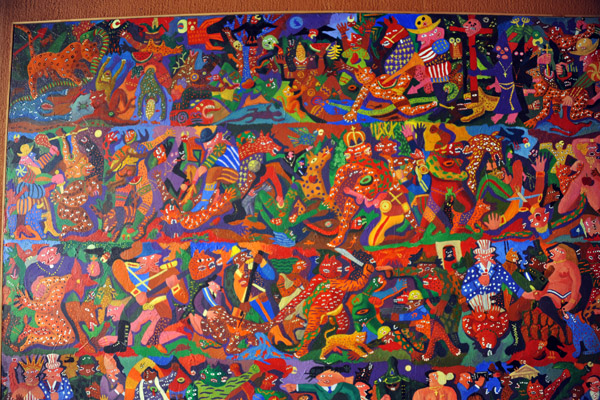
La Historia de un Pueblo - Antonio Bonilla, 2000 |











